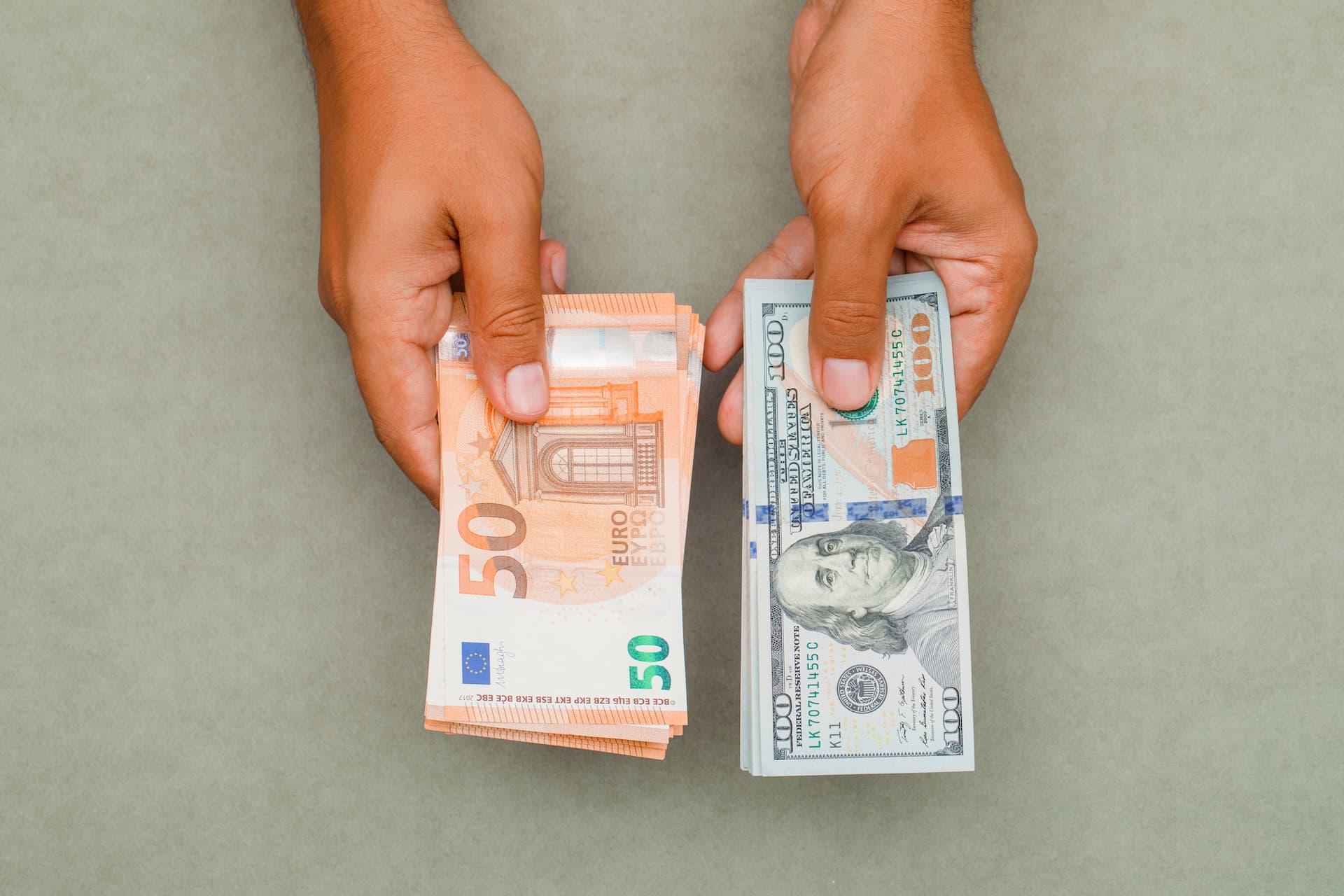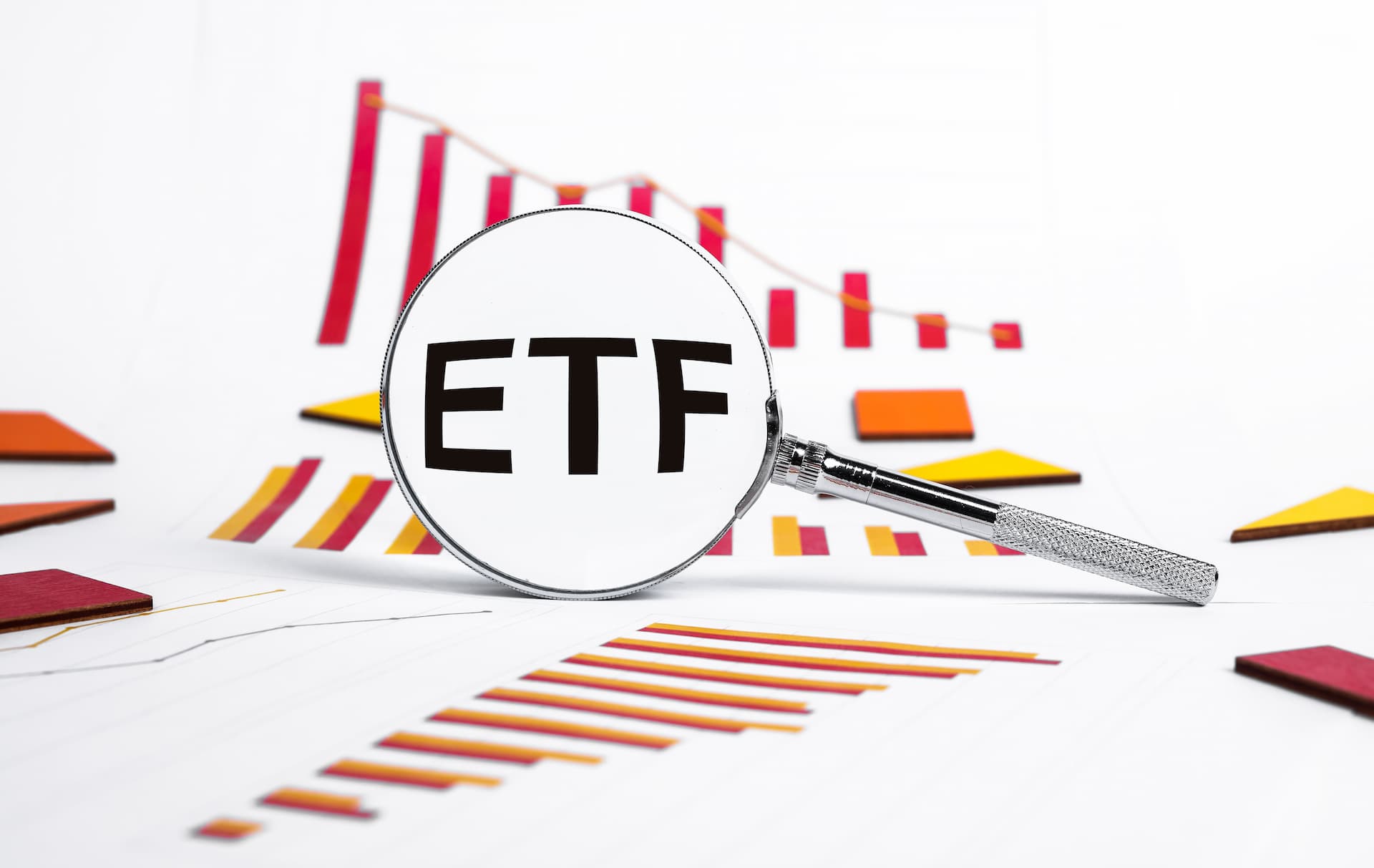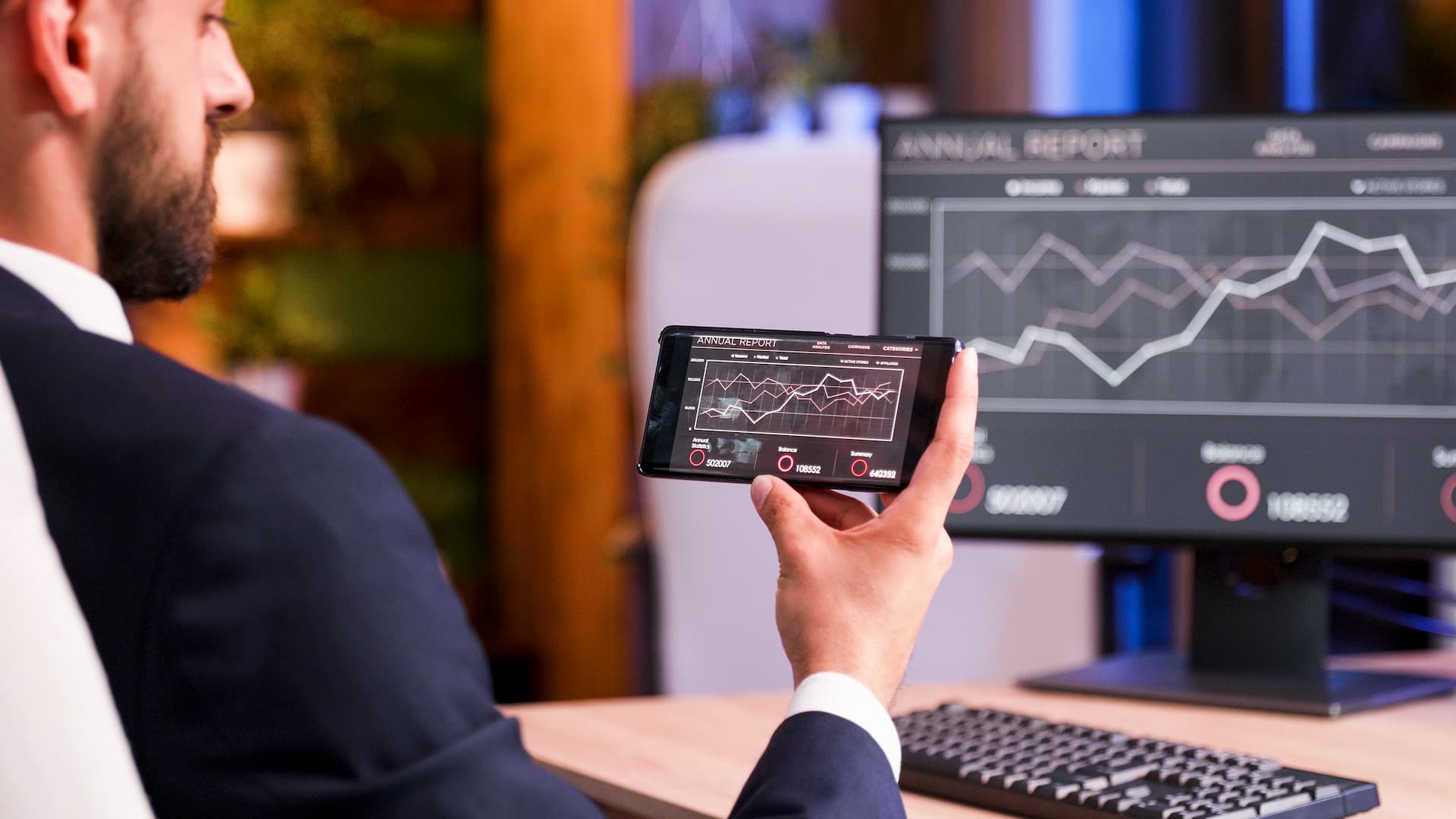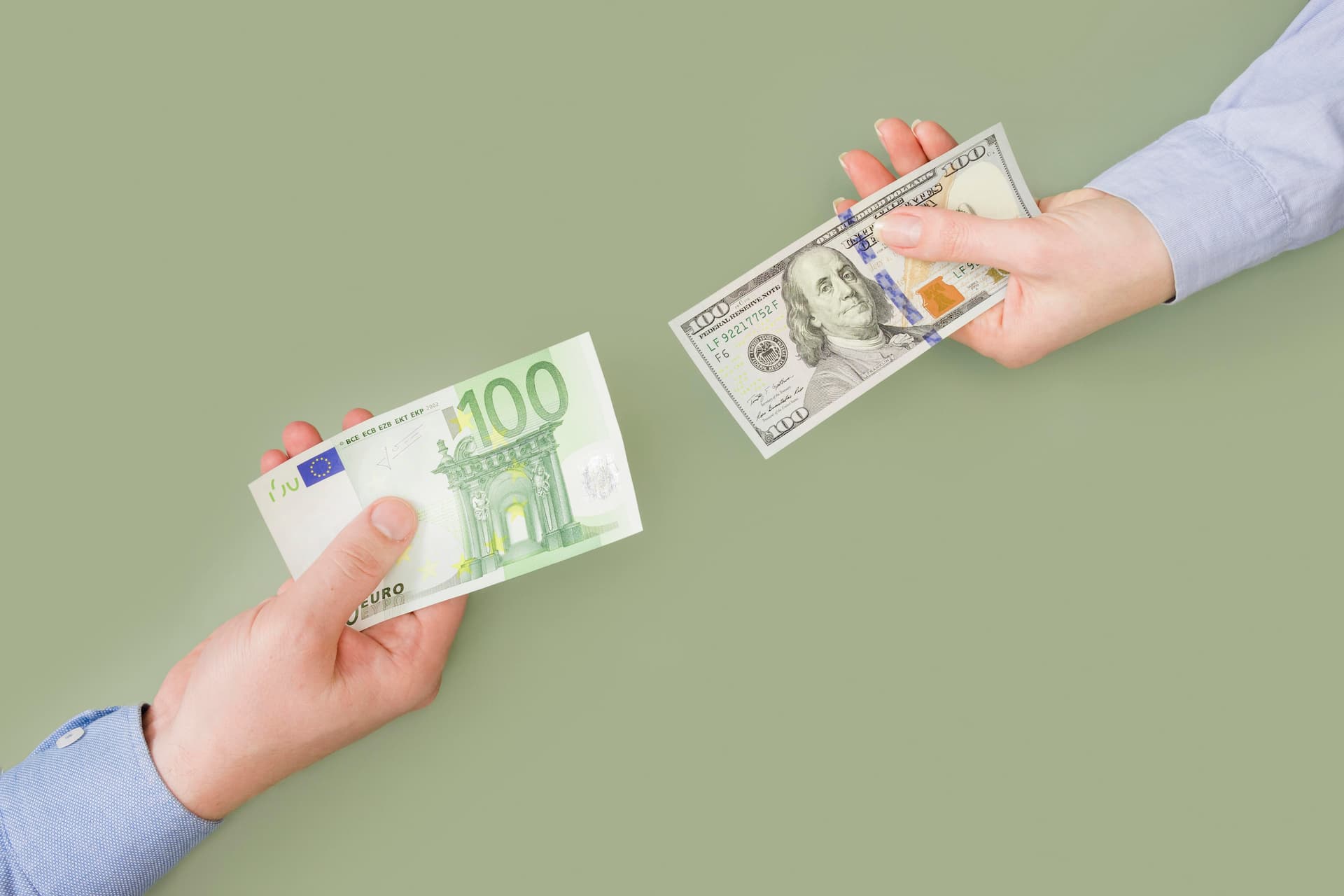Basic Forex Terminology: Essential Concepts for Forex Trading Beginners

Understanding fundamental Forex terminology is essential for navigating the currency markets effectively. Forex, or foreign exchange trading, involves buying and selling currencies to profit from their fluctuations.Discover key forex trading terms and concepts essential for beginners. Learn about pips, spreads, leverage, margin, lot size, stop-loss order, long and short positions, and more with insights from 24Markets.com. Let’s explore these essential Forex terms in detail.
Key Forex Terms
1. Currency Pair
In Forex trading, currencies are quoted in pairs, representing the exchange rate between two currencies. Each currency pair consists of a base currency and a quote currency. The base currency is the one being bought or sold, while the quote currency determines its value.
-
Example: In the EUR/USD pair, EUR is the base currency, and USD is the quote currency. If the EUR/USD exchange rate is 1.2000, it means 1 EUR equals 1.20 USD.
-
Major Pairs: Major pairs involve the most traded currencies globally, such as EUR/USD, USD/JPY, and GBP/USD. These pairs typically have higher liquidity and tighter spreads.
-
Minor Pairs: Minor pairs exclude the USD but include other major currencies, such as EUR/GBP and AUD/NZD. They may have wider spreads and lower liquidity compared to major pairs.
-
Exotic Pairs: Exotic pairs include one major currency and one currency from an emerging market, such as USD/TRY (Turkish Lira) or EUR/ZAR (South African Rand). Exotic pairs often have higher volatility and wider spreads.
-
For more on how different currency pairs function and their trading characteristics, visit our Forex section.
2. Pip (Percentage In Point)
A pip is a unit of measurement used to express the change in value between two currencies. It represents the smallest price move that a currency pair can make. For most currency pairs, a pip is equal to 0.0001, or one-hundredth of a percent.
-
Example: If the EUR/USD pair moves from 1.2000 to 1.2001, that 0.0001 increase is one pip.
-
Pipettes: Some brokers quote prices with an additional decimal place, known as pipettes. For instance, a move from 1.20001 to 1.20002 represents one pipette, offering more precise pricing.
-
Calculating Pip Value: The value of a pip varies depending on the currency pair and the size of the trade. For example, in a standard lot of EUR/USD, one pip is worth $10. You can use pip calculators available on many trading platforms to determine pip values.
-
Learn more about how pips impact your trading strategy and potential profits.
3. Lot
In Forex trading, a lot represents the quantity of currency units being traded. There are three main types of lots: standard lots, mini lots, and micro lots. A standard lot is 100,000 units of the base currency, a mini lot is 10,000 units, and a micro lot is 1,000 units.
-
Example: Trading one standard lot of EUR/USD involves buying or selling 100,000 euros.
-
Choosing Lot Size: The choice of lot size affects your exposure and potential profit or loss. Smaller lot sizes, such as micro and mini lots, allow for more controlled trading and are suitable for beginners or those managing risk more conservatively.
-
Impact on Margin: Larger lot sizes require more margin to open a position. Understanding how lot sizes impact margin requirements helps in effective risk management.
-
Explore how different lot sizes can impact your trading strategy and risk management.
4. Spread
The spread is the difference between the bid price (the price at which you can sell) and the ask price (the price at which you can buy) of a currency pair. It represents the cost of trading and can vary depending on market conditions and the broker.
-
Example: If the bid price for EUR/USD is 1.2000 and the ask price is 1.2005, the spread is 5 pips.
-
Types of Spreads: Spreads can be fixed or variable. Fixed spreads remain constant regardless of market conditions, while variable spreads can widen or narrow based on market volatility and liquidity.
-
Spread Impact: A narrower spread generally indicates lower trading costs and higher liquidity, while a wider spread can increase trading costs. Consider the spread when selecting a broker and trading strategy.
-
Learn about how the spread affects trading costs and strategies.
5. Leverage
Leverage allows traders to control a larger position with a smaller amount of capital. By using leverage, traders can amplify their potential profits, but it also increases the risk of significant losses.
-
Example: With a leverage of 100:1, you can control $100,000 worth of currency with just $1,000 of your own funds. If the trade is successful, your returns are proportionally larger, but if it’s unsuccessful, your losses are also magnified.
-
Leverage Ratios: Common leverage ratios include 50:1, 100:1, and 200:1. Higher leverage increases both potential profits and risks.
-
Leverage Risks: High leverage can lead to substantial losses if the market moves against your position. It’s crucial to use leverage cautiously and incorporate effective risk management strategies.
-
Explore how leverage can impact your trading decisions and risk management.
6. Margin
Margin is the amount of money required to open and maintain a leveraged position. It acts as a deposit that ensures you have enough capital to cover potential losses. The margin requirement is usually expressed as a percentage of the total trade size.
-
Example: If you are trading with a leverage of 100:1, you will need a margin of 1% of the total trade size. For a $100,000 position, this would be $1,000.
-
Margin Call: If the market moves against your position and your account equity falls below the required margin level, you may receive a margin call from your broker, requiring you to deposit additional funds.
-
Types of Margin: Initial margin is required to open a position, while maintenance margin is the minimum amount needed to keep the position open. Ensure you understand both types and their implications for your trading strategy.
-
Learn more about margin and how it works in conjunction with leverage.
7. Stop-Loss Order
A stop-loss order is used to limit potential losses by closing a position when the price reaches a certain level. This order helps traders manage risk and protect their capital by automatically exiting a trade when the market moves against them.
-
Example: If you buy EUR/USD at 1.2000 and set a stop-loss order at 1.1950, your position will automatically close if the price drops to 1.1950, limiting your loss to 50 pips.
-
Types of Stop-Loss Orders: There are different types of stop-loss orders, including trailing stops, which adjust the stop level as the market moves in your favor, locking in profits.
-
Stop-Loss Strategies: Setting a stop-loss order is essential for effective risk management and can help prevent significant losses during market volatility.
-
Discover how to effectively use stop-loss orders to manage your trading risk.
8. Take-Profit Order
A take-profit order is used to lock in profits by closing a position when the price reaches a predetermined level. This order helps traders realize gains and avoid the risk of a reversal by setting an exit point in advance.
-
Example: If you buy EUR/USD at 1.2000 and set a take-profit order at 1.2100, your position will close automatically once the price reaches 1.2100, securing a profit of 100 pips.
-
Setting Take-Profit Levels: It’s important to set take-profit levels based on your trading strategy and market conditions, balancing potential gains with the risk of a reversal.
-
Take-Profit Strategies: Combining take-profit orders with other trading strategies can enhance your ability to capture profits while managing risk.
-
Learn about setting effective take-profit levels to optimize your trading strategy.
9. Bid and Ask Price
The bid price is the highest price a buyer is willing to pay for a currency pair, while the ask price is the lowest price a seller
is willing to accept. The difference between these two prices is known as the spread. Understanding the bid and ask prices helps traders make informed decisions about when to enter or exit a trade.
-
Example: If the bid price for EUR/USD is 1.2000 and the ask price is 1.2005, the spread is 5 pips.
-
Market Makers vs. ECNs: Some brokers act as market makers, quoting bid and ask prices themselves, while others use Electronic Communication Networks (ECNs) to provide prices from multiple sources. ECNs typically offer tighter spreads and more transparency.
-
Impact on Trading Costs: The bid-ask spread affects trading costs and can vary depending on market conditions. Understanding this can help you choose the right broker and trading strategy.
-
Explore how understanding bid and ask prices can enhance your trading decisions.
Conclusion
Understanding basic Forex terminology is crucial for navigating the currency markets effectively. Familiarity with terms such as currency pairs, pips, lots, spreads, leverage, and margin helps traders make informed decisions and develop successful trading strategies.
For a deeper dive into Forex trading concepts and to enhance your trading skills, visit 24Markets Forex for more resources and insights.
Tags Directory
View AllLatest
View All
September 9, 2024
4 min
ETF Trading Strategies - 24markets.com

September 9, 2024
6 min
Building Confidence as a Trader - 24markets

September 9, 2024
3 min
Trading Strategies for Bonds

September 9, 2024
4 min
What is Position Sizing? - 24markets
Content
- - Key Forex Terms
- - Currency Pair
- - Pip (Percentage In Point)
- - Lot
- - Spread
- - Leverage
- - Margin
- - StopLoss Order
- - TakeProfit Order
- - Bid and Ask Price
- - Conclusion




